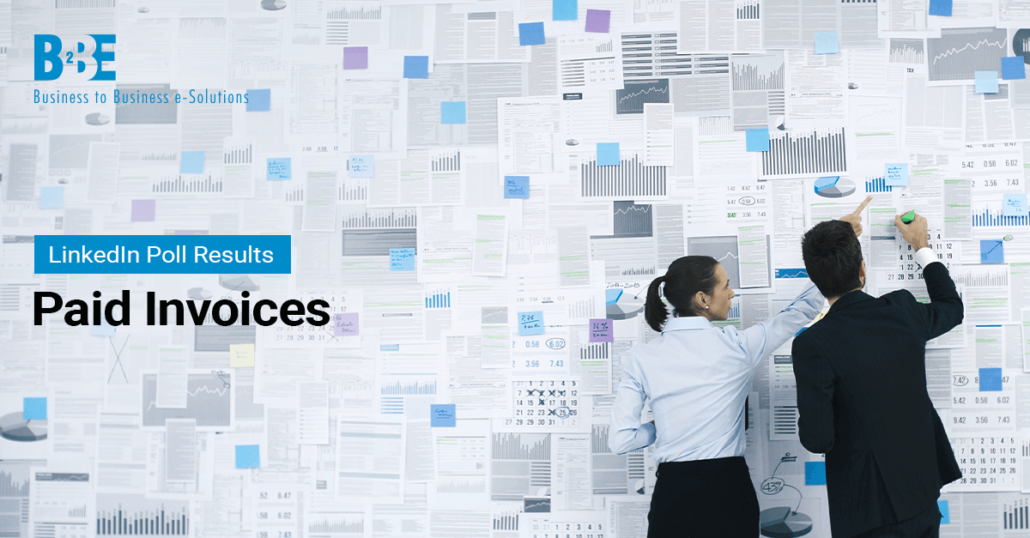In this article, we outline the typical timelines for paid invoices using results from our latest poll.
Invoicing is a critical part of any business. However, one of the biggest challenges many companies face is the time it takes for invoices to get paid. Slow payments can significantly impact cash flow and create additional stress for businesses trying to manage their financial operations efficiently.
Poll results
In our most recent LinkedIn poll, we asked our followers how long it typically takes for their invoices to get paid.
How long does it typically take for your invoices to be paid?
- Within 7 days – 27%
- 7-14 days – 19%
- 14-30 days – 35%
- Over 30 days – 19%
Within 7 days
For 27% of businesses, invoices are paid within 7 days. This is an ideal scenario for most companies. It allows for better cash flow management and ensures operations can run smoothly without financial delays. Businesses that receive payments within a week can invest their resources back into the company faster, therefore allowing for continuous growth.
However, achieving this quick turnaround often requires strong client relationships, clear payment terms, and sometimes the use of incentives like remises pour paiement anticipé. Businesses using automated invoicing systems, such as e-invoicing platforms, can benefit from faster payments by streamlining the entire process from sending the invoice to receiving funds.
7-14 days
About 19% of businesses reported receiving invoice payments within 7-14 days. While this is still a relatively short time frame, it can sometimes create minor cash flow challenges. This is especially true for businesses that operate on tight margins or have substantial overhead costs.
To improve this, businesses can explore options such as sending reminders, using automated accounts receivable systems, and setting clear payment expectations upfront. Clear communication with clients regarding payment terms can help reduce delays and ensure a steady stream of revenue.
14-30 days
The largest group, 35%, indicated that they typically get their invoices paid between 14 and 30 days. While this is a standard payment period for many industries, waiting up to a month to receive payment can place a strain on cash flow. Particularly for small businesses or those experiencing growth.
Businesses in this category may want to consider implementing stricter payment terms. They can also negotiate contracts with clients to shorten payment cycles. Additionally, using technology such as Facturation électronique and accounts receivable automation can help ensure that invoices are sent, tracked, and followed up on promptly, reducing the chances of delayed payments.
Learn more about the advantages of e-Invoicing:
Over 30 days
Finally, for 19% of businesses, invoices take over 30 days to be paid. This extended period can be problematic for companies that rely on timely payments to cover operating expenses, pay employees, and invest in growth. Businesses that consistently face delays of more than a month should assess their invoicing processes and payment terms to identify areas for improvement.
In cases where late payments are frequent, businesses may need to consider stricter credit policies, penalties for late payments, or offering incentives for early payments. Automation can play a crucial role here as well. This is because it ensures invoices are sent out quickly and follow-up reminders are automatically triggered to encourage timely payments.
Learn more about our Facturation électronique des clients, Facturation électronique des fournisseurs et PEPPOL solutions to support your invoicing processes.
More information
B2BE’s experience in the supply chain sector allows our customers to build, expand and adapt successfully, enabling greater effectiveness. To engage with B2BE and offer feedback on what matters most to you and your business, make sure to follow us on LinkedIn and across social media. You can also vote in our latest LinkedIn poll. If you’d like to discuss your supply chain strategy, get in touch with us.

